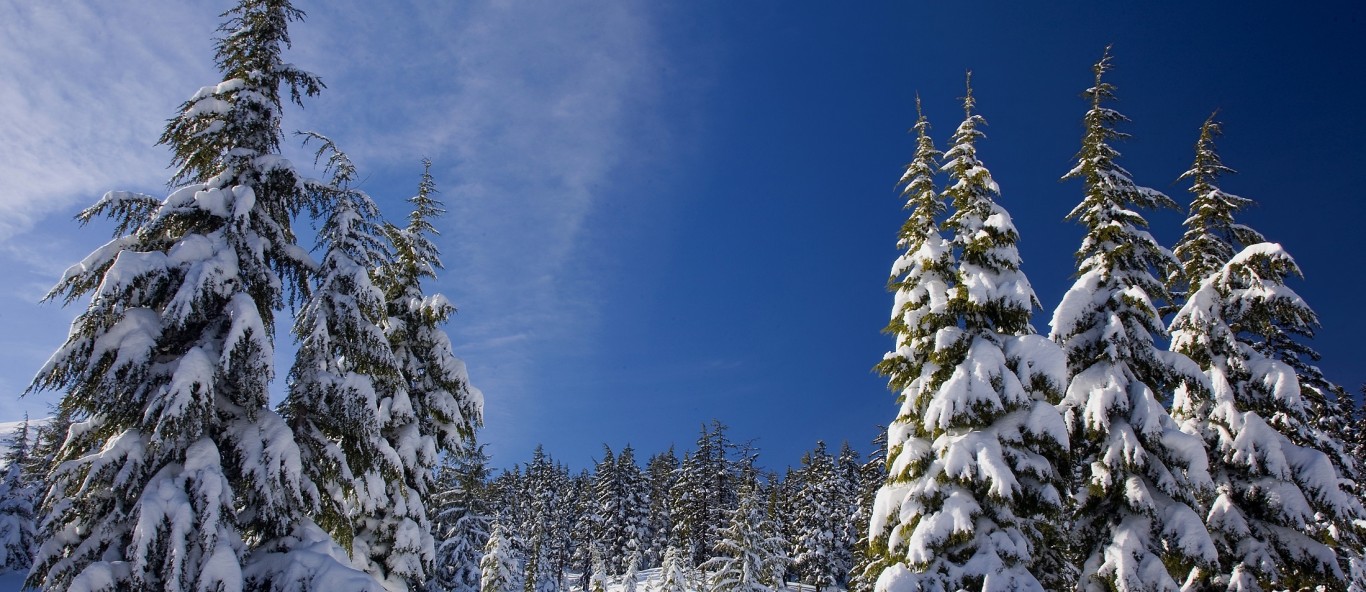Wonderful Winter Wander
Applicable Grades: K-12
This program can be adapted for learners of all ages.
Program Description: Grab your winter boots for a beautiful winter hike! Students will experience a guided hike along the bluffs of Lake Michigan, learning how to track animals and gaining insight on how they use their behavioral and/or physical adaptations to survive the winter in Wisconsin. They’ll also uncover secrets of the snowy plant world, and learn how to identify species of trees, even without their leaves! Then take a short walk over to the Nature Studies Center to discover a collection of Wisconsin wildlife taxidermy. Various animal strategies for survival will be discussed in this hands-on activity.
Timeframe: 2 Hours: December-February
Educational Standards:
SCI.LS1.D: Animals sense and communicate information and respond to inputs with behaviors that help them grow and survive.
SCI. LS2.C.3: When the environment changes, some organisms survive and reproduce, some move to new locations, some move into transformed environments, and some die.
SCI. LS2.D.3: Being part of a group helps animals obtain food, defend themselves, and cope with changes.
SCI. LS2.D.h: Group behavior has evolved because membership can increase the chances of survival for individuals and their genetic relatives.
SCI. LS4.C.3: Particular organisms can only survive in particular environments.
SCI. LS4.C.m: Species can change over time in response to changes in environmental conditions through adaptation by natural selection acting over generations.
SCI. LS4.C.h: Evolution results primarily from genetic variation of individuals in a species, competition for resources, and proliferation of organisms better able to survive and reproduce.
ELS.EX5.B.i: Describe how living things respond to changes in natural systems. Explain how changes affect how organisms adapt and survive. Observe and compare changes in weather and climatic patterns and how each affect natural systems.

